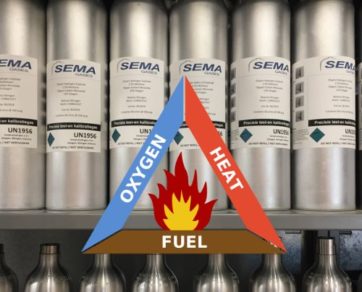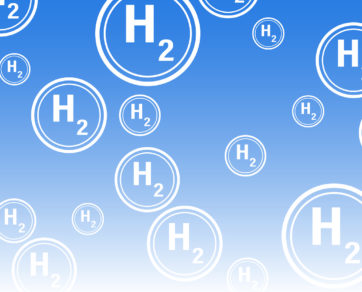The International Convention for the Safety of Life at Sea (SOLAS), is an international maritime treaty which requires Signatory flag states to ensure that ships flagged by them comply with minimum safety standards in construction, equipment and operation.
The birth of SOLAS
In 1914, the first version of SOLAS was accepted as a response of the sinking of the RMS Titanic. It prescribed numbers of lifeboats and other emergency equipment along with safety procedures, including continuous radio watches. The 1914 treaty never entered into force due to the outbreak of World War I. New versions were adopted in 1929, 1948, 1960, 1974, 1988, 2011, 2015 and 2016.
SOLAS Regulation XI-1/7 took effect on October 1st, 2016. This regulation requires the carriage of an appropriate atmosphere testing instrument or instruments for enclosed space entry. These portable testing devices are not part of somebody’s personal protective safety equipment (PPE), but a part of the vessels equipment. They will be used to test enclosed spaces from the outside to make sure that they are safe to enter and will cover, as a minimum, the following gases: oxygen, flammable gases or vapours, carbon monoxide and hydrogen sulphide. Suitable means should be provided to calibrate them.
NEW SOLAS REQUIREMENTS FOR CARRIAGE OF PORTABLE ATMOSPHERE TESTING EQUIPMENT FOR ENCLOSED SPACE ENTRY SOLAS 74 AS AMENDED, REGULATION XI-1/7
The IMO (International Maritime Organisation) created guidelines to help owners and operators select appropriate testing instruments, contained in circular MSC./Circ.1477. Ship owners, vessel operators and managers should ensure they have the instruments in place since SOLAS Regulation XI-1/7 took effect. Nowadays, it will be surveyed under the vessel’s Cargo Ship Safety Construction or Passenger Ship Safety survey. Please note that SOLAS regulation III/19 requires crew members to participate in an enclosed space entry and rescue drill on board the ship at least once every two months.
These guidelines were made to facilitate the selection of a portable atmosphere testing for enclosed spaces as required by SOLAS regulation XI-1/7. They are intended to be read in conjunction with this SOLAS regulation and the Revised recommendations for entering enclosed spaces aboard seagoing vessels (resolution A.1050(27)). They are not intended to constitute a performance standard for such equipment.
It should be noted that, given vessels three specific characteristics and operations, additional atmospheric hazards in enclosed spaces may be present that may not be detected by the device recommended to be selected by these guidelines, and in such cases, if known, additional appropriate instruments should be carried.
General
These IMO guidelines refer to the instrument that is used to test the atmosphere in an enclosed space before entry and at appropriate intervals after that until all work is completed. They do not refer to a personal gas detector that is intended to be carried by an individual while inside the enclosed space.
The instrument should be capable of remote sampling and detection for all gases that it is designed for, without interference from the atmosphere or other characteristics of the intervening space.
Upon activation, the instrument should perform a “self-test” which indicates that the mechanism is functioning correctly.
Training requirements should be considered when selecting the instrument. Atmosphere testing should only be performed by trained personnel.
Measured gasses and vapours
The instrument should be capable of measuring and displaying concentrations of:
The instrument should clearly and unambiguously show which gas or vapour it is measuring (noting that the display may be switchable or menu accessible). If the instrument is fitted with an alarm function, it should activate at the appropriate level as determined by the flag State Administration.
Atmosphere testing of enclosed spaces on board ships
The detector should be suitably protected, having due regard for the environment and temperatures in which it is expected to operate.
- The instrument should be capable of being easily carried.
- The instrument should be suitably protected from the ingress of dust and water.
- The minimum battery life of the instrument (with fresh batteries of recommended type) should be 10 hours.
- The instrument should be intrinsically safe.
- The instrument display should be readable in all lighting conditions.
Calibration
The manufacturers’ instructions should have clearly defined calibration requirements. If the instrument is fitted with an alarm or shutdown function that activates if the manufacturer’s calibration interval is exceeded, this should not stop the instrument from functioning during actual use and the unit should not restart once the alarm or function has been activated. Interested in how calibrations of a gas detector work? Our specialist wrote a recent post about the calibration of gas detectors.
Instruction manual
The detector should be provided with a manual that describes its features and alarms and explains how to calibrate, operate and maintain it. The information in this manual should be available in the working language of the ship. SEMA Gases supplies span gases for calibration of all brands and types of gas detection equipment which meets the SOLAS requirements. Ask our specialist for personal advice.



